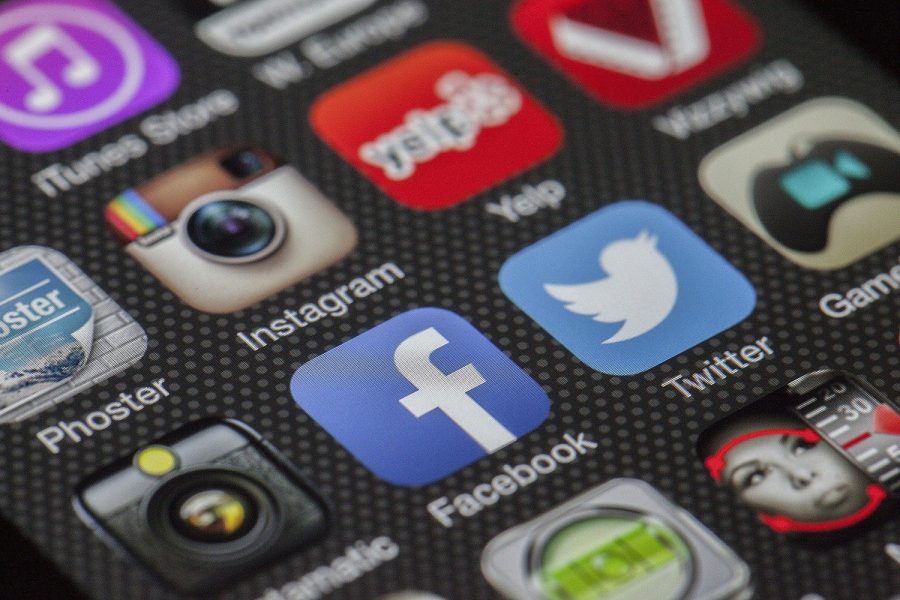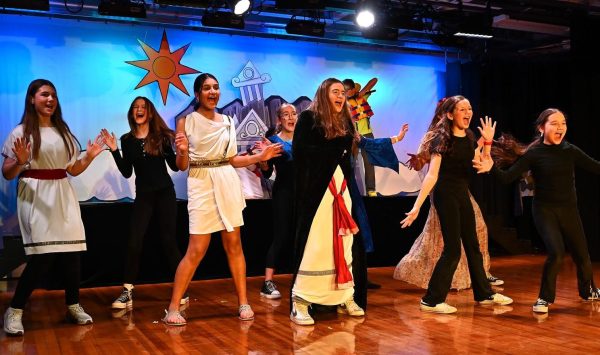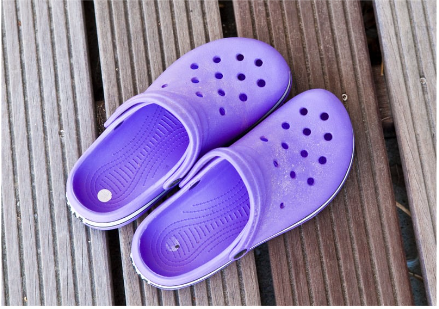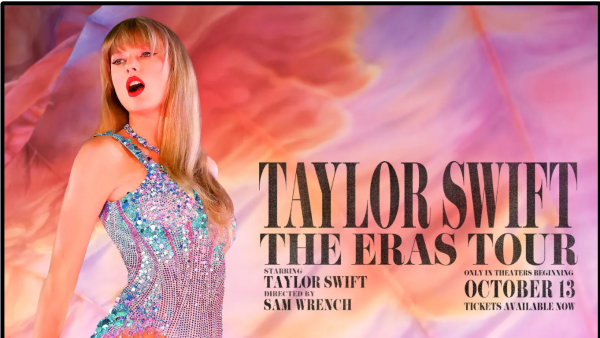COVID Pandemic Putting the “Social” Back in Social Media
School has moved online, non-essential businesses have closed, and many people have to work from home to keep everyone safe and healthy. Through the whole COVID-19 pandemic, social media platforms like TikTok and Instagram are keeping people around the globe in touch.
Facebook, WhatsApp, and Instagram have seen a 40%- 50% increase in usage due to COVID-19, according to Forbes Magazine.
“I most definitely have used more social media during COVID, since there’s really not much you can do,” said LMS 7th grader Alyssa Evans.
Instagram Live is one popular way to stay connected. Users can stream live video, and viewers can comment or ask questions in real-time. Celebrities have been connecting with their fans by showing their morning or evening routines, answering live comments and questions, and even giving tours of their homes or rooms.
John Legend sang a moving version of “Bridge Over Troubled Water” from his living room. Miley Cyrus was joined by Demi Lovato on one of Cyrus’ Bright Minded Instagram Live episodes, where Miley and a guest discuss topics such as the blessings and curses of social media and healthy anxiety.
The Instagram Live feature makes self-isolation less dull, helps viewers see others going through the same thing, and maintains a sense of normalcy when little else is normal around them.
According to Visual Capitalist, an online magazine that specializes in making data accessible, YouTube and TikTok usage have also shot up.
“Tik Tok seems to pass the time really well, and I enjoy watching all the people dance and have a good time,” remarked Alyssa.
The article, entitled “How COVID-19 Has Impacted Media Consumption, by Generation,” reports that Gen Z, Millennials, Gen X, and Boomers are all consuming more online videos, and these two sites reign over the online video kingdom.
YouTube and TikTok are both video-sharing platforms, but there are a few big differences. TikTok mainly has 15- to 60-second videos of people dancing to music and lip-syncing, but you can post short comedy and talent videos as well. YouTube, however, has much longer videos that have a wider variety of topics, from how-to’s to beauty and hair videos to viral challenges.
COVID-19 has proved that people can stay connected, even when they can’t be together physically.







